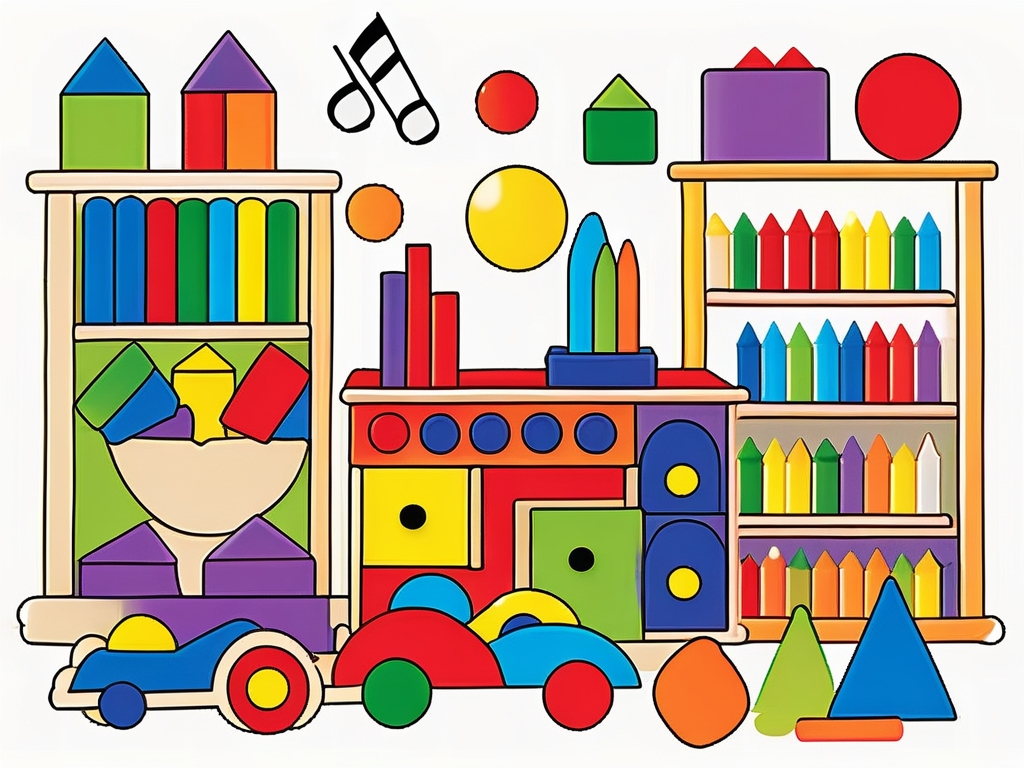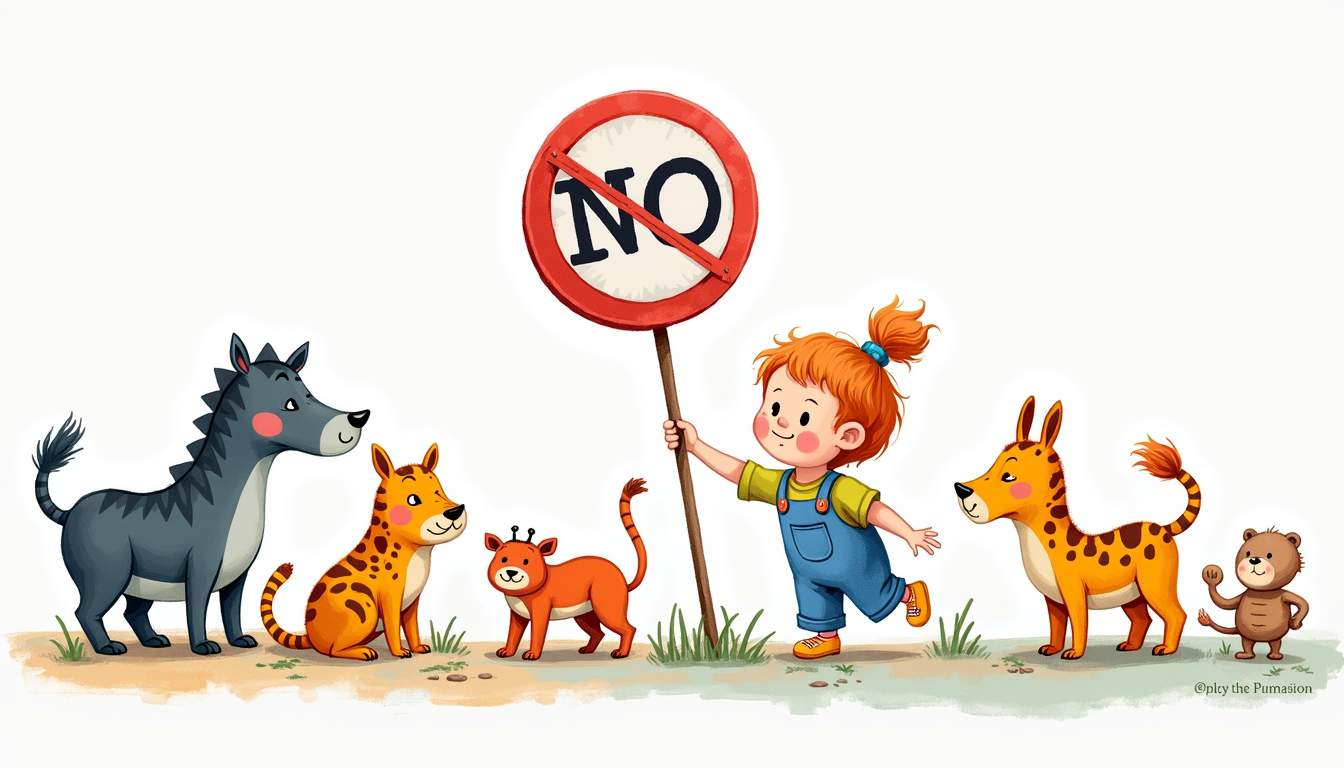Infants are constantly learning and absorbing information from their environment. As parents and educators, it is essential to understand effective teaching strategies that can support their development. By recognizing infants’ unique learning capabilities and tailoring our approach accordingly, we can foster an environment that promotes their overall growth and well-being.
Understanding Infant Learning Capabilities
Infants possess an incredible capacity for learning right from birth. Their brains are like sponges, soaking up information from the world around them. One essential aspect of infant learning is sensory experiences. These experiences play a crucial role in their cognitive development and provide the foundation for future learning.
Infant learning is a fascinating process that begins even before birth. Research shows that babies in the womb can hear sounds from the external environment and start to recognize familiar voices. This early exposure to auditory stimuli sets the stage for their sensory development once they are born. It’s truly remarkable how even in the prenatal stage, infants are already beginning to form connections in their brains that will shape their learning journey.
The Role of Sensory Experiences in Infant Learning
Sensory experiences, such as touching different textures, exploring objects, and listening to various sounds, stimulate infants’ brain development. By introducing age-appropriate toys and materials with different textures, colors, and shapes, we can engage their senses and facilitate learning. This not only enhances their cognitive abilities but also fosters their exploration and curiosity.
Moreover, sensory experiences are not only limited to external stimuli but also involve internal sensations. Infants learn to understand hunger, discomfort, and pleasure through their bodily sensations, laying the groundwork for emotional intelligence and self-regulation. By responding sensitively to their needs, caregivers can support infants in developing a secure attachment and a healthy sense of self.
Cognitive Development Stages in Infants
Infants go through various cognitive development stages as they grow. From the early weeks of recognizing faces and objects to later stages of problem-solving and cause-and-effect understanding, each milestone contributes to their overall cognitive growth. As educators, we must observe and understand these stages to provide appropriate learning opportunities and experiences that stimulate their cognitive abilities.
Each infant progresses through these stages at their own pace, guided by a combination of genetic predispositions and environmental influences. By creating a rich learning environment that offers a balance of challenges and support, caregivers can optimize infants’ cognitive development. Recognizing and celebrating each small achievement in these cognitive milestones can empower both the infant and the caregiver in their shared learning journey.
Importance of Interactive Play in Infant Learning
Interactive play is a vital teaching strategy that facilitates infants’ learning and development. Play allows infants to actively explore and experiment with their surroundings while developing various skills. Incorporating toys and playtime into teaching can have a significant impact on their overall growth.

Infants are naturally curious and eager to learn about the world around them. Through interactive play, they are able to engage their senses, develop their motor skills, and enhance their cognitive abilities. By providing infants with stimulating and age-appropriate toys, caregivers and educators can create a rich learning environment that promotes exploration and discovery.
Incorporating Toys in Teaching Infants
Choosing age-appropriate toys that align with infants’ developmental stages is crucial. Soft toys with different textures, puzzles that promote problem-solving, and stacking blocks that enhance fine motor skills are just a few examples. Providing infants with a variety of toys not only keeps them engaged but also promotes their cognitive, motor, and sensory development.
Furthermore, interactive toys that respond to infants’ actions, such as light-up toys or toys that make sounds, can help infants make connections between cause and effect. These types of toys not only entertain infants but also encourage them to explore and learn through play.
The Role of Music and Sound in Infant Learning
Music and sound play a significant role in infants’ learning and development. Exposing them to soothing melodies, rhythmic beats, and simple songs can enhance their auditory senses. Singing, clapping, and playing musical instruments together can create a joyful and stimulating learning environment, fostering their language and cognitive skills.
Research has shown that music can have a calming effect on infants, helping to regulate their emotions and promote bonding between caregivers and infants. Incorporating music into playtime not only adds an element of fun but also supports infants’ social and emotional development.
Language Development Strategies for Infants
Language development is a fundamental aspect of infant learning. By utilizing effective strategies, parents and educators can support infants in developing their language skills, setting a strong foundation for communication and literacy.

Infants are like sponges, absorbing language and communication cues from their environment. One powerful strategy for promoting language development is through the use of “parentese,” a form of speech characterized by exaggerated intonation and repetition. This melodious way of speaking captures infants’ attention and helps them distinguish speech sounds, laying the groundwork for their own language production.
Encouraging Babbling and Early Speech
Babbling is one of the critical milestones in language development. Encouraging infants to babble and engage in vocalizations can help them explore different sounds and patterns. Responding to their babbling by imitating their sounds and providing positive reinforcement can motivate them to continue their language exploration.
Furthermore, creating a language-rich environment is essential for supporting infants in their linguistic journey. Pointing out objects, describing actions, and engaging in simple conversations with infants not only exposes them to a variety of words but also helps them understand the purpose of language in communication.
Reading and Storytelling for Language Acquisition
Reading and storytelling activities nurture infants’ language skills and ignite their imagination. By reading books with vibrant illustrations and simple text, we expose infants to new words and concepts while creating a bond through shared storytelling experiences. This practice not only enhances their vocabulary but also supports cognitive and social-emotional development.
Additionally, incorporating gestures and facial expressions while engaging in storytelling can enhance infants’ comprehension and make the language more engaging. These nonverbal cues help infants connect the words they hear with visual representations, strengthening their language processing skills.
Motor Skills Development Techniques
As infants grow, motor skills play a crucial role in their overall development. By implementing specific techniques, we can aid in the development of their fine and gross motor skills.

It is important to remember that every child develops at their own pace, and providing a variety of opportunities for movement and exploration can greatly benefit their motor skills development. From reaching and grasping to crawling and walking, each milestone is a significant achievement in a child’s journey towards physical independence.
Tummy Time and Its Benefits
Providing infants with regular tummy time is essential for the development of their neck, back, and shoulder muscles. Placing them on their stomachs, with proper supervision, helps strengthen their core muscles and promotes the skills necessary for rolling, crawling, and eventually walking.
During tummy time, infants also have the opportunity to visually explore their surroundings, which can enhance their cognitive development. By engaging in this activity regularly, infants not only improve their physical strength but also sharpen their sensory and perceptual skills.
Encouraging Crawling and Walking
Creating a safe environment that encourages crawling and walking is vital in supporting infants’ physical development. By setting up obstacle courses and providing support when needed, we can motivate infants to explore their mobility, develop balance, and strengthen their muscles. These activities not only enhance their motor skills but also contribute to their overall confidence and independence.
As infants begin to crawl and eventually take their first steps, they are not only refining their motor skills but also building a sense of spatial awareness and coordination. Encouraging them to move freely and explore their surroundings fosters a sense of curiosity and discovery, laying a strong foundation for their future physical capabilities.
Emotional and Social Learning in Infants
Emotional and social learning is a vital aspect of an infant’s overall development. By fostering positive social interactions and promoting emotional expression, we can help infants develop healthy relationships and emotional well-being.
The Role of Peekaboo and Other Social Games
Engaging in social games, such as peekaboo, helps infants develop their sense of object permanence and creates opportunities for bonding. Through these playful interactions, infants learn that people come and go but can return, enhancing their understanding of relationships and building trust.
Encouraging Emotional Expression in Infants
Infants experience a range of emotions from an early age. Encouraging emotional expression through reassuring touch, gentle words, and responsive caregiving creates a secure attachment and fosters infants’ emotional well-being. Recognizing and verbalizing their emotions helps infants develop their emotional vocabulary and sets the foundation for healthy emotional regulation in the future.
But what exactly happens in an infant’s brain when they engage in social games or express their emotions? Let’s delve deeper into the fascinating neurological processes that underlie these important developmental milestones.
When an infant plays peekaboo, their brain is actively processing the experience. As they see a caregiver disappear and reappear, different areas of the brain are engaged. The prefrontal cortex, responsible for executive functions like attention and decision-making, is activated as the infant anticipates the caregiver’s return. Simultaneously, the amygdala, a key player in emotional processing, is also involved, as the infant experiences a brief moment of uncertainty and surprise.
Similarly, when infants express their emotions, their brain undergoes intricate changes. Emotions are regulated by the limbic system, a complex network of structures including the amygdala, hippocampus, and hypothalamus. As an infant expresses joy, for example, the amygdala sends signals to release neurotransmitters like dopamine and serotonin, creating feelings of happiness and pleasure. These neural pathways are strengthened with repeated emotional expression, contributing to the development of emotional resilience and well-being.
In conclusion, understanding the unique learning capabilities of infants and implementing effective teaching strategies are crucial in supporting their development. By incorporating sensory experiences, interactive play, language acquisition techniques, motor skills development, and emotional and social learning opportunities, we create an environment where infants can thrive and reach their full potential. So, the next time you play peekaboo with an infant or respond to their emotional cues, remember the intricate neurological processes that are unfolding, shaping their growth and laying the foundation for a lifetime of healthy emotional and social development.











